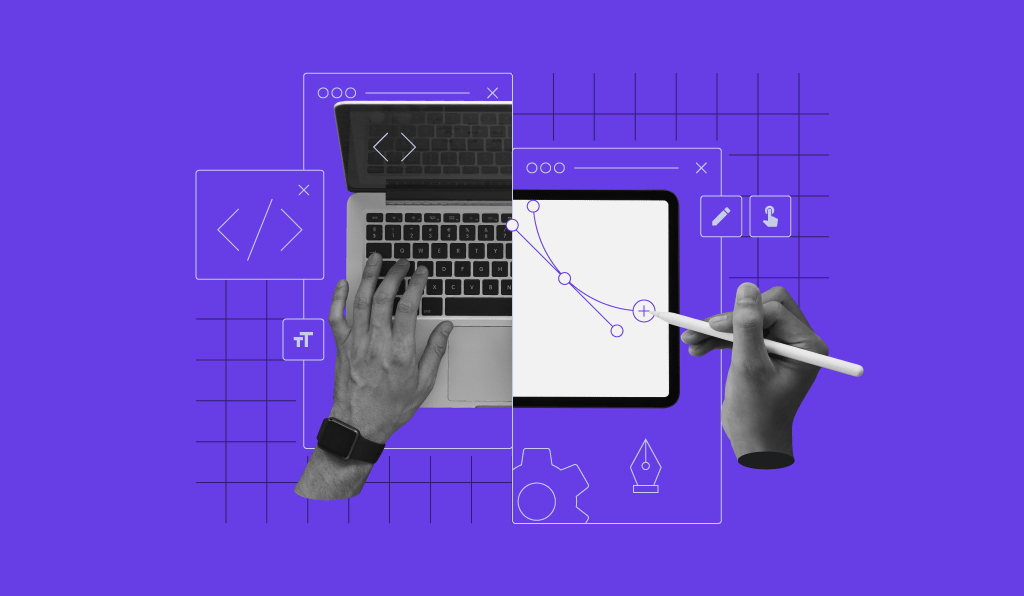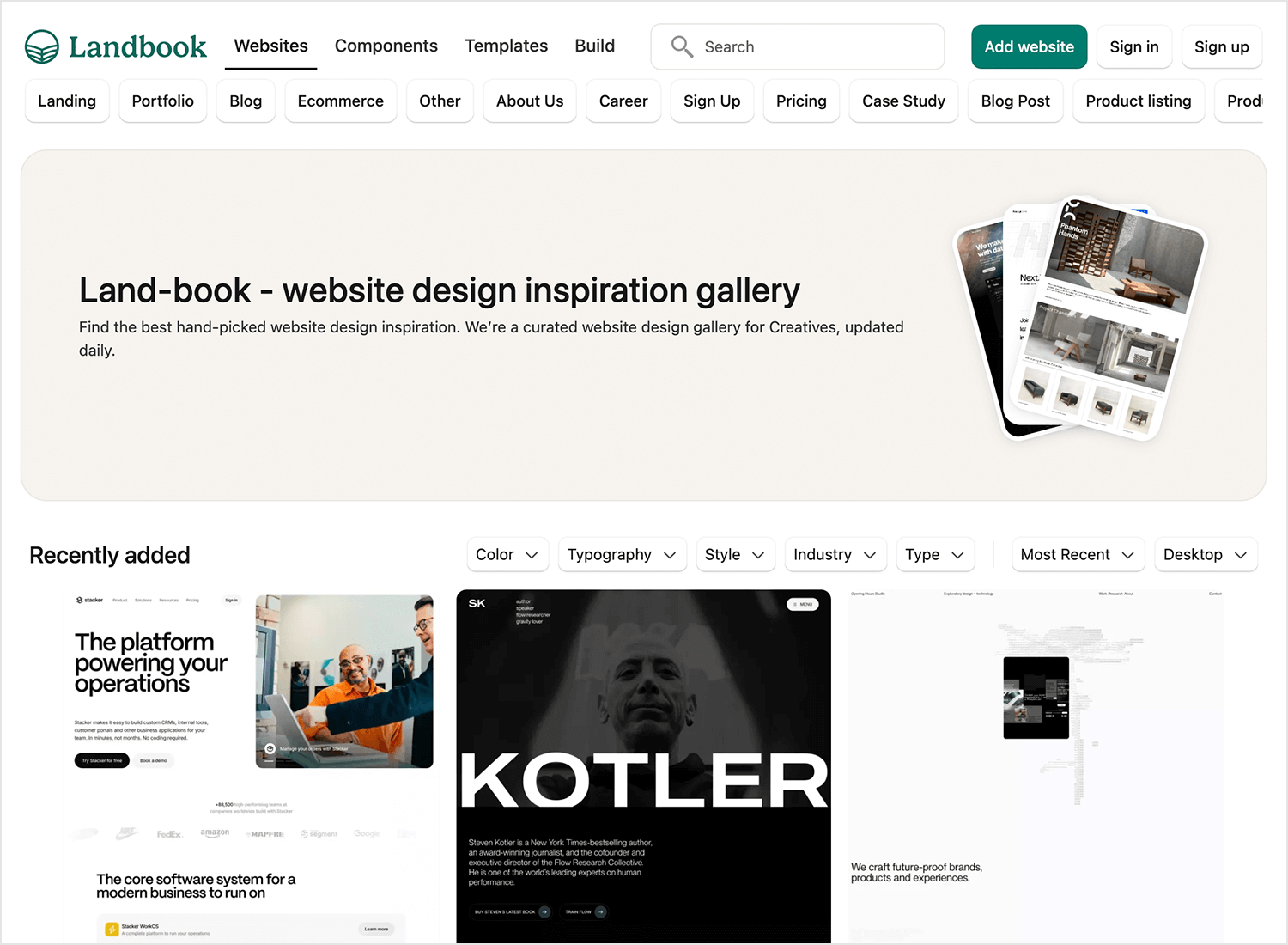Discover the Benefits of Custom-made Web Design Johannesburg Solutions
Deciphering the Complexities of Responsive Website Design and Its Effect On Accessibility and Capability Across Different Instruments
Responsive website design (RWD) has emerged as a fundamental approach in creating electronic experiences that are both useful and obtainable across diverse devices. By incorporating strategies such as liquid grids and CSS media inquiries, RWD not just boosts user involvement yet likewise addresses crucial availability worries for individuals with disabilities. As the landscape of electronic communication remains to develop, understanding the effects of RWD ends up being vital. The ins and outs entailed in accomplishing this equilibrium raising relevant questions regarding best techniques and potential challenges that require more exploration.
Recognizing Responsive Internet Layout
Responsive website design embodies the principle of versatility, making certain that sites give an optimal viewing experience across a selection of tools and screen dimensions. This strategy employs flexible grids, designs, and pictures, making it possible for the content to dynamically change based on the individual's gadget. The surge of mobile net usage has made responsive style not simply a fad, yet a requirement for modern internet development.
At its core, receptive website design emphasizes fluidness and scalability. By utilizing CSS media inquiries, designers can tailor designs to varying screen measurements, guaranteeing that text continues to be legible and images are displayed appropriately. This technique accommodates the varied array of devices, from smartphones to large desktop monitors, facilitating seamless navigation and interaction.
Moreover, receptive internet layout improves individual engagement by reducing the need for too much zooming or straight scrolling, which can detract from the user experience. By focusing on ease of access, companies can get to a broader target market, making certain that all individuals, no matter gadget, can access content properly. Inevitably, comprehending responsive internet layout is vital for creating websites that are not just visually enticing however also practical and easy to use throughout diverse platforms.

Secret Concepts of RWD
Emphasizing flexibility and user-centric style, the vital principles of receptive website design (RWD) focus on developing a seamless experience regardless of the gadget being utilized. One essential concept is fluid grids, which make use of loved one devices like percentages as opposed to taken care of measurements. This technique makes certain that layout elements adapt proportionally to varying screen dimensions, maintaining visual coherence.
One more essential principle is flexible photos and media, which resize within their having components. web design Johannesburg. By utilizing CSS methods such as max-width, designers can protect against photos from surpassing their parent containers, guaranteeing that visuals remain sharp and suitably scaled throughout tools
In addition, media inquiries play a critical role in RWD, permitting designers to apply certain CSS styles based on the features of the gadget, such as alignment, height, and width. This capacity allows tailored experiences that boost usability and involvement.
Moreover, a mobile-first approach is significantly favored, where layouts prioritize smaller sized screens and gradually enhance for larger gadgets. This principle not just optimizes efficiency yet likewise addresses the growing prevalence of mobile surfing. Jointly, these principles form the backbone of receptive internet layout, cultivating a easy to use and versatile digital atmosphere.

Effect On Accessibility
The assimilation of receptive website design plays an important role in enhancing accessibility for all customers. By adopting a versatile design that adapts to varying display sizes and orientations, receptive style makes sure that material remains easily accessible and clear despite the device made use of. This flexibility is particularly substantial for individuals with impairments, who might rely upon assistive technologies that operate more effectively when web content is structured responsively.
Additionally, receptive website design lowers the probability of issues such as horizontal scrolling, which can hinder customers with motor handicaps or visual impairments. By providing a regular individual experience throughout gadgets, developers can prioritize access functions such as keyboard navigating and display visitor compatibility, permitting for a more comprehensive digital environment.
In addition, internet search engine increasingly prefer receptive designs, which can improve exposure for company website users seeking easily accessible web content. Because of this, organizations and companies are motivated to adopt these methods not only to abide with accessibility criteria yet additionally to reach a more comprehensive audience. Ultimately, receptive internet style contributes in advertising equitable access to information and solutions across diverse user teams, thus fostering a comprehensive electronic landscape.
Capability Across Gadgets

Additionally, the performance of web applications can differ significantly across tools. Mobile devices usually have actually limited processing power and slower web connections, which can affect packing times and overall user experience. It is essential for designers to optimize photos, scripts, and other resources to guarantee that performance remains consistent and efficient, regardless of the device being utilized.
Furthermore, the design and framework of material have to adjust fluidly to various display dimensions to preserve use. This flexibility not just boosts customer involvement yet additionally lowers stress, ultimately leading to higher retention prices. In recap, focusing on capability throughout tools is important for developing a comprehensive and reliable web presence that accommodates the varied demands of individuals.
Finest Practices for Application
Executing responsive internet layout successfully requires a tactical approach that focuses on customer experience and availability. To accomplish this, begin by taking on a mobile-first design ideology, which highlights creating an optimum experience for smaller sized screens prior to scaling as much as bigger gadgets. This method ensures that necessary content is prioritized and that functions are effortlessly integrated.
Following, utilize liquid grids and versatile layouts. Utilize family member systems, such as percentages, instead of taken care of units like pixels - web design Johannesburg. This flexibility allows web content to resize dynamically based on the screen's measurements, improving use across numerous gadgets
Moreover, integrate media queries to apply certain CSS guidelines based on the attributes of the tool, such as resolution, elevation, and size. This targeted strategy permits tailored experiences that deal with the unique capabilities of each gadget.
In addition, prioritize access by guaranteeing that all interactive aspects are quickly navigable by means of touch or key-board. Implement semantic HTML to improve display reader compatibility and maintain high contrast ratios for readability.
Verdict
To conclude, responsive internet layout offers as a foundational aspect in producing easily accessible and useful learn the facts here now electronic experiences throughout varied tools. By incorporating fluid grids, versatile photos, and CSS media questions, receptive layout not only enhances user interaction however additionally promotes fair accessibility directory to details for all people, consisting of those with handicaps. Sticking to best practices in implementation makes sure that internet sites remain versatile, inevitably cultivating a more comprehensive digital atmosphere that meets the varying needs of customers.
Receptive internet design (RWD) has emerged as a fundamental approach in developing electronic experiences that are both practical and obtainable across diverse devices.Responsive internet layout symbolizes the principle of flexibility, making certain that internet sites supply an ideal viewing experience throughout a selection of gadgets and screen sizes.Emphasizing flexibility and user-centric layout, the crucial principles of receptive internet style (RWD) revolve around developing a smooth experience no matter of the gadget being used.Capability throughout devices is a key factor to consider in web design, as users involve with content through a selection of platforms, consisting of smart devices, tablet computers, and desktop computers.In conclusion, receptive internet design offers as a foundational component in creating useful and available electronic experiences throughout diverse gadgets.